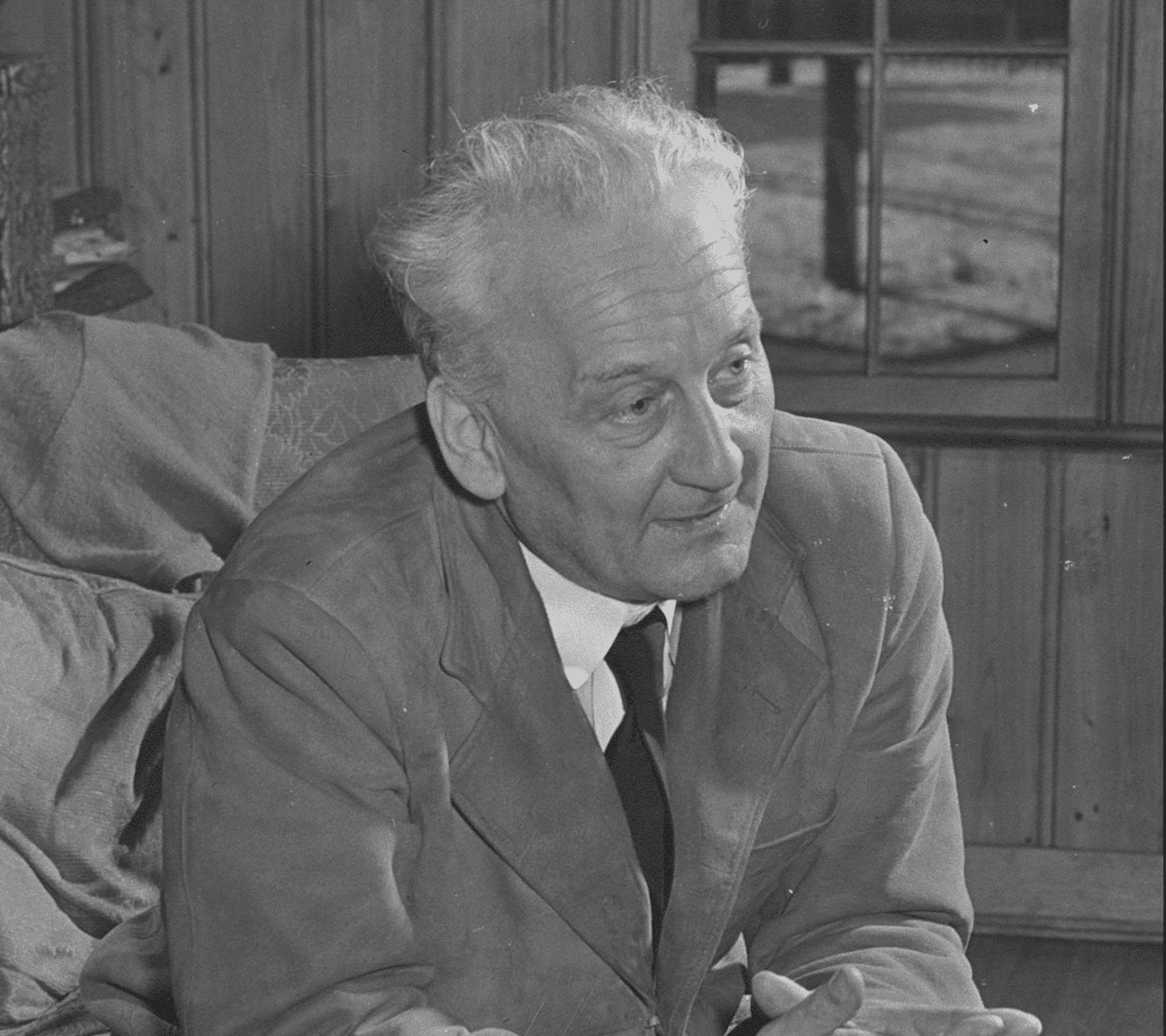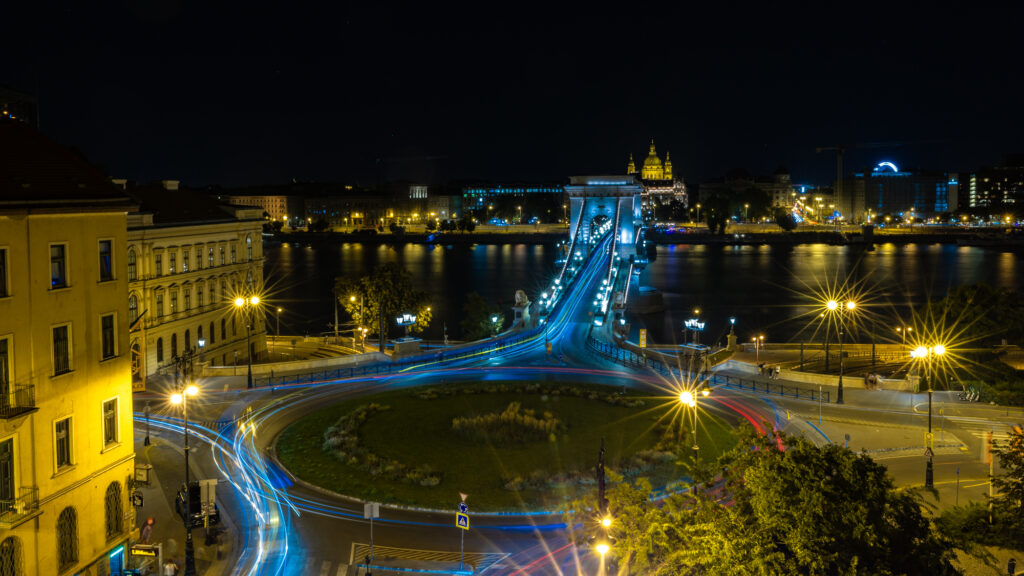Since 2009, Hungarian Inventors’ Day has been observed each year on 13 June. This particular date on which the achievements of Hungarian inventors is celebrated was selected because one of the first Hungarian Noble Prize winners, physician and biochemist Albert Szent-Györgyi, who first isolated vitamin C and discovered the components of the citric acid cycle, announced his invention on this day in 1932. Szent-Györgyi’s Noble Prize medal was given to the Hungarian National Museum for safekeeping on 13 June 1940 – and the 70th anniversary of this event was marked by the second Hungarian Inventors’ Day ever celebrated.
While Szent-Györgyi is undoubtedly one of the most famous Hungarian Noble Prize winners, he is not the only one. Hungary ranks 14th on the list of countries with the most Noble Prizes (tying with Israel, Denmark and Norway) and has a total of 13 Noble Prizes.[1] On the list of Noble Prizes per capita, Hungary occupies the 13th place. Besides Albert Szent-Györgyi, Imre Kertész is perhaps the most widely known Hungarian who has been awarded a Noble Prize. As most readers will know, he received the prize in literature for the novel Fateless, a book ‘that upholds the fragile experience of the individual against the barbaric arbitrariness of history’.[2]
There are almost a dozen other Hungarians who have received Noble Prizes for accomplishments achieved abroad, mostly in the United States and Germany
While Szent-Györgyi and Kertész were honoured for work they did in Hungary, there are almost a dozen other Hungarians who have received Noble Prizes for accomplishments achieved abroad, mostly in the United States and Germany, the two countries that were the most popular new homes of Hungarian émigrés. Scientists of Hungarian extraction who were presented with a Noble Prize in recognition for work done outside Hungary include George de Hevesy, who discovered the element hafnium and worked on radioactive tracers to study chemical processes; John Charles Harsanyi, who studied game theory and its application to economics. In addition, there are seven more Noble Prize winners who have Hungarian ancestors, but since they did not identify as Hungarian, they do not count in the list of Hungarian Noble Prize winners.[3] These illustrious individuals include, to name only two, world-famous economist Milton Friedman (his parents had emigrated to the USA from the Hungarian Kingdom), and chemist John Charles Polányi, born in Germany to Hungarian parents.
But it is not only Hungarian Noble Prize winners, but all Hungarian inventors who are celebrated today. The most famous Hungarian inventors commemorated on this day include such great figures as László Bíró, who patented the first modern ballpoint pen, Ernő Rubik, the inventor of mechanical puzzles, of which the most famous is the Rubik’s Cube, Ányos István Jedlik, who was the first to design a dynamo (a certain type of electrical generator) and an electric motor. Other famous Hungarian inventors who are remembered on this day are John von Neumann, who worked on the Manhattan Project and is also credited with the invention of the digital computer, as well as Baron Loránd Eötvös, a physicist remembered primarily for his work on gravitation and surface tension, who invented the torsion pendulum. Tivadar Puskás, who pioneered in telephone-related technology, is also celebrated on this day. His most famous invention is the telephone exchange. In 1877, the Bell Telephone Company created the first experimental telephone exchange in Boston, based on the plans of Tivadar Puskás. Two years later, Puskás set up the first telephone exchange of Europe in Paris.
[1] ‘Nobel Prizes by Country 2022’, World Population Review, (2022), https://worldpopulationreview.com/country-rankings/nobel-prizes-by-country, accessed 25 May 2022.
[2] ‘The Nobel Prize in Literature 2002’, Noble Prize Press Release, (2002), https://www.nobelprize.org/prizes/literature/2002/press-release/, accessed 25 May 2022.
[3] 24.hu, ‘Hány magyar Nobel-díjasunk van?’, 24.hu, (7 October 2021), https://24.hu/tudomany/2021/10/07/magyar-nobel-dij-tudos/, accessed 25 May 2022.








